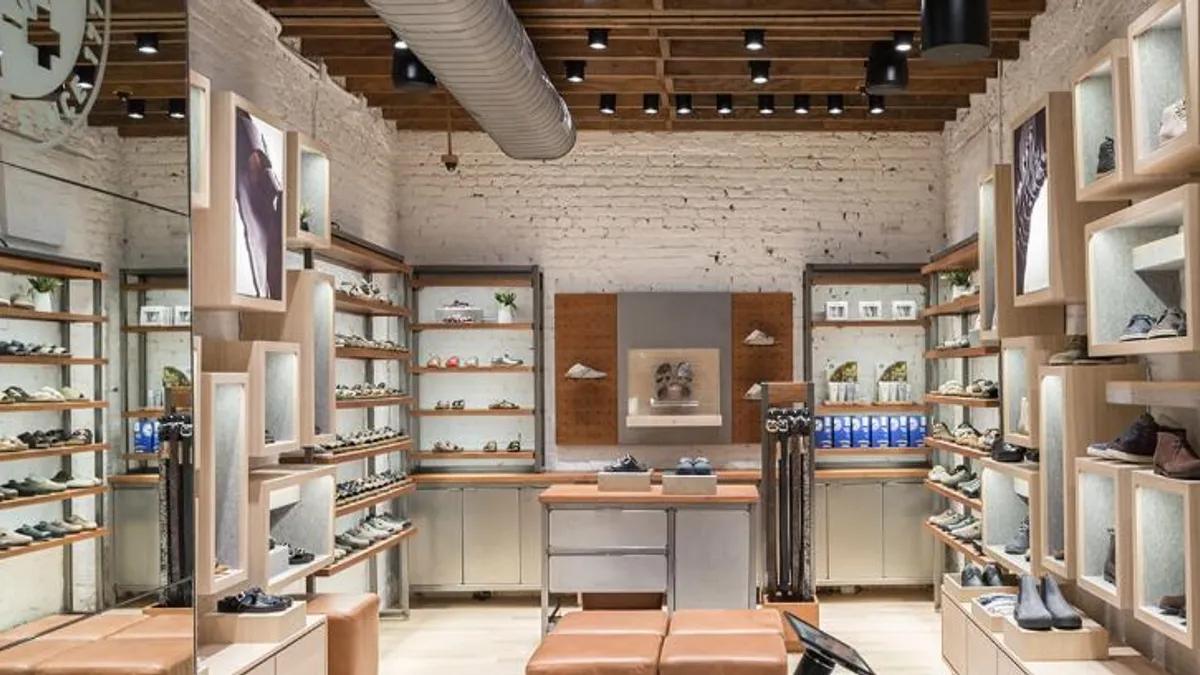Footwear brand Birkenstock is spending heavily to double its production capacity over the next three years as it eyes global growth.
Most of the company’s 80 million euros ($86.6 million on the day of the release) in capital spending during the period ending Dec. 31 went toward the capacity ramp-up, CFO Erik Massmann told analysts Thursday on the company’s earnings call.
The company recently refitted factories in Portugal and Görlitz, Germany, which added to the company’s units sold and helped “fuel our supply capabilities to meet the growing demand in our products,” CEO Oliver Reichert said on the call.
Reichert also noted that the investments in growing production capacity reduced the brand’s margins during the period. “However, this will be more than compensated for in the mid-term by further qualitatively growth in all regions and channels and the higher overall efficiency in production,” he added.
The company is already logging benefits from the added production. In the period ending Dec. 31, Birkenstock’s revenue increased 26% year over year, which the company attributed to new production capacity along with expanded product categories.
Birkenstock isn’t finished growing its production, either. “It's not just slight increase,” Reichert said. “It's a doubling of the whole thing. So that's heavy lifting and we're planning to do this within the next three years.”
The Germany-based brand keeps its production in-house, which can give it more control over quality. It owns six factories in Germany after adding one in Pasewalk in 2023, as well a component factory in Portugal, with all of its footwear being produced in the EU.
Most of its raw materials are also sourced from Europe, which Reichert said in a January call “ensures supply chain reliability, and the materials also adhere to strict quality and social and environmental standards.”
Along with more control over product itself, Birkenstock executives have pointed to the operational benefits of producing in-house, including around inventory management.
On the January call, Alexander Hoff, global vice president for finance at Birkenstock, noted that the company’s inventory growth of 11% was half the rate of its revenue, representing operating strength.
Some 100 million euros of that inventory at the time was made up of raw materials and semi-finished goods that Birkenstock keeps for its production, while the majority of finished goods were already contracted or allocated to customers.
Relatively low risk allowances and product inventory, combined with in-house projection, gives Birkenstock the “flexibility to react fast to an increase in demand and to generate additional sales and gain market share,” Hoff said.













